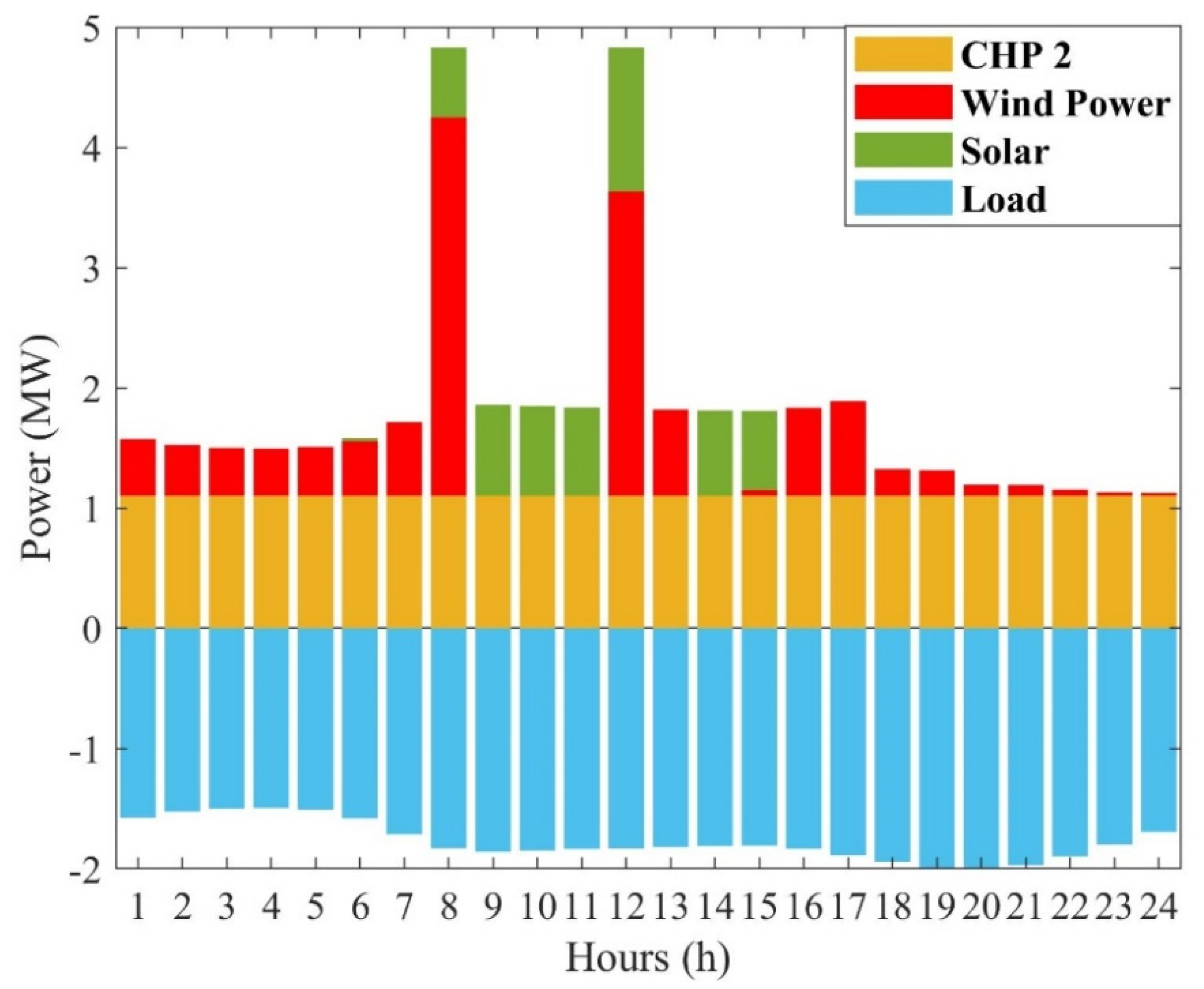

The Alliance for Automotive Innovation, a trade group, said it would take a few years for the vehicles available today to qualify for the full consumer incentive.īut the tax credits and additional savings on fuel, maintenance and repairs may level the playing field, experts said. manufacturing of clean vehicles but may limit the tax break's availability in the near term as auto companies adjust.

The intent is to accelerate development of domestic supply chains and U.S. Vehicle qualifications: There are also limits that apply to where the car was manufactured and the sourcing of battery and other vehicle components.For perspective, the average sticker price for a new electric vehicle in June was about $67,000 - roughly $19,000 more than the industry average for all new vehicles, according to Kelley Blue Book. There's a $55,000 sticker-price limit for other vehicles. Vehicle price requirements: Individuals don't qualify for the tax break if their van, sport utility vehicle or pickup truck costs more than $80,000.The limit is $150,000 for single tax filers. Income requirements: Married couples don't qualify for the new-vehicle credit if their modified adjusted gross income on a joint tax return exceeds $300,000.However, there are limits that apply to consumers and the vehicles they buy: The credit would be available through 2032.

The bill extends and tweaks an existing tax credit - worth up to $7,500 - to individuals who buy new "clean" vehicles like electric cars, plug-in hybrids and hydrogen fuel cell vehicles. $7,500 tax credit for new electric vehicles Here's a breakdown of the Inflation Reduction Act's major financial components for individuals. "The legislation itself is clearly a win for the climate in terms of the emissions it would drive, and is structured in a way that it ends up being a win for consumers, as well," said Kevin Rennert, a fellow at Resources for the Future. That would close two-thirds of the remaining emissions gap between current policy and the U.S.' 2030 climate goal, meant to avert the worst impacts of climate change, according to a preliminary analysis by Princeton University's REPEAT Project, which models federal climate policy. The legislation would also help cut greenhouse gas emissions by 42% below 2005 levels. Generating more power from renewable energy would also help diversify the economy's energy mix - substantially reducing volatility in home electricity prices caused by shocks to oil and gas markets such as Russia's invasion of Ukraine earlier this year, according to Lesley Jantarasami, managing director of the Bipartisan Policy Center's energy program.


 0 kommentar(er)
0 kommentar(er)
